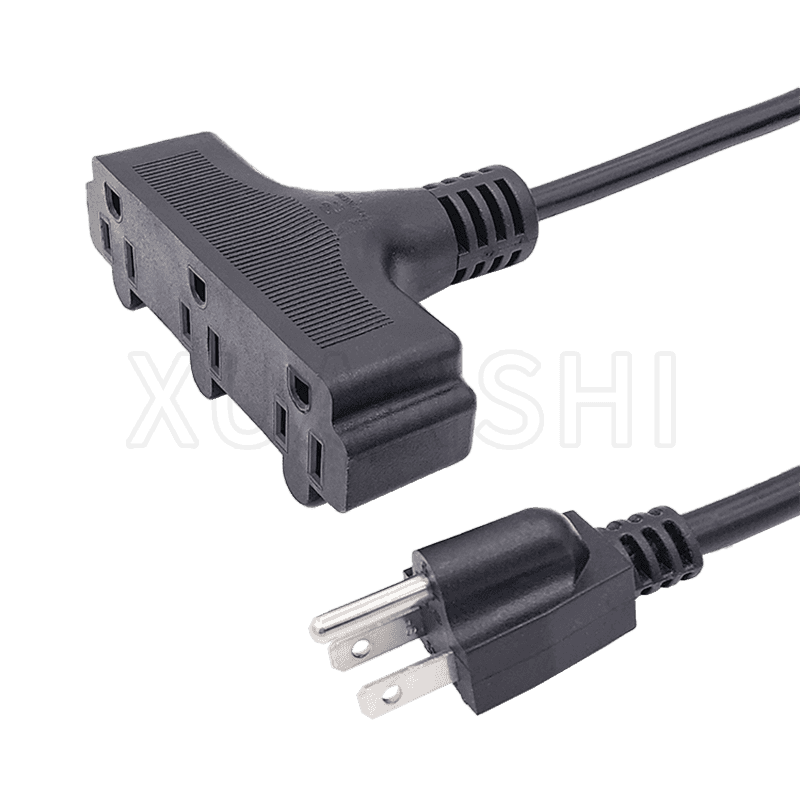Temperature Extremes: High Temperatures: Extended exposure to elevated temperatures can significantly compromise the structural integrity of the extension cord. The insulation material, which serves to protect the internal wires and ensure safe operation, may begin to soften, melt, or deform. This degradation can increase the risk of electrical faults, such as short circuits, and elevate the potential for overheating and fire hazards. To mitigate these risks, extension cords intended for use in high-temperature environments are manufactured with heat-resistant insulation materials that can withstand elevated temperatures without deteriorating. Low Temperatures: In cold conditions, the insulation of an extension cord can become brittle and less flexible. This brittleness can lead to cracking, which compromises the protective barrier and may expose the internal wiring. The exposed wires can lead to electrical hazards, including shorts and potential fires. Extension cords designed for low-temperature use typically feature specialized insulation materials that remain flexible and durable even in freezing conditions.
Humidity and Water Exposure: Moisture: High humidity and direct exposure to water can adversely affect the extension cord’s performance. Moisture can infiltrate the cord, leading to internal wire corrosion, which impairs electrical conductivity and increases the risk of short circuits. To address these challenges, extension cords rated for outdoor or wet environments often incorporate waterproof or water-resistant features, such as sealed connectors and robust insulation that prevents moisture ingress. Waterproofing: Extension cords specifically designed for outdoor use or exposure to damp conditions are constructed with additional protective measures to ensure their resilience against water damage. These may include advanced waterproof coatings and sealants that shield the internal components from moisture and maintain the cord’s operational integrity.
UV Exposure: Sunlight: Prolonged exposure to ultraviolet (UV) radiation from sunlight can lead to degradation of the extension cord’s insulation. UV rays can cause the insulation material to become brittle, crack, or lose its protective qualities over time. To counteract UV-related damage, extension cords intended for outdoor use are often made with UV-resistant materials that protect the cord from the harmful effects of prolonged sun exposure.
Mechanical Stress: Physical Damage: Extreme temperatures can affect the flexibility and durability of the extension cord, making it more susceptible to mechanical stress. When a cord becomes inflexible due to cold temperatures or overly soft due to heat, it is more prone to physical damage such as bending, twisting, or abrasion. This physical stress can lead to internal wire breakage or compromised insulation. To reduce the risk of mechanical damage, extension cords are designed with reinforced jackets and flexible insulation materials that can withstand physical strain and environmental challenges.
Chemical Exposure: Harsh Chemicals: Exposure to harsh chemicals, such as solvents, acids, or industrial cleaning agents, can cause the insulation and outer jacket of the extension cord to degrade. Chemical exposure can lead to the breakdown of the cord’s protective barriers, resulting in compromised electrical safety and performance. Extension cords intended for industrial or specialized applications are often manufactured with chemical-resistant materials to prevent damage from chemical exposure.
American Standard Extension Cord With three socket JL-15,JL-43
